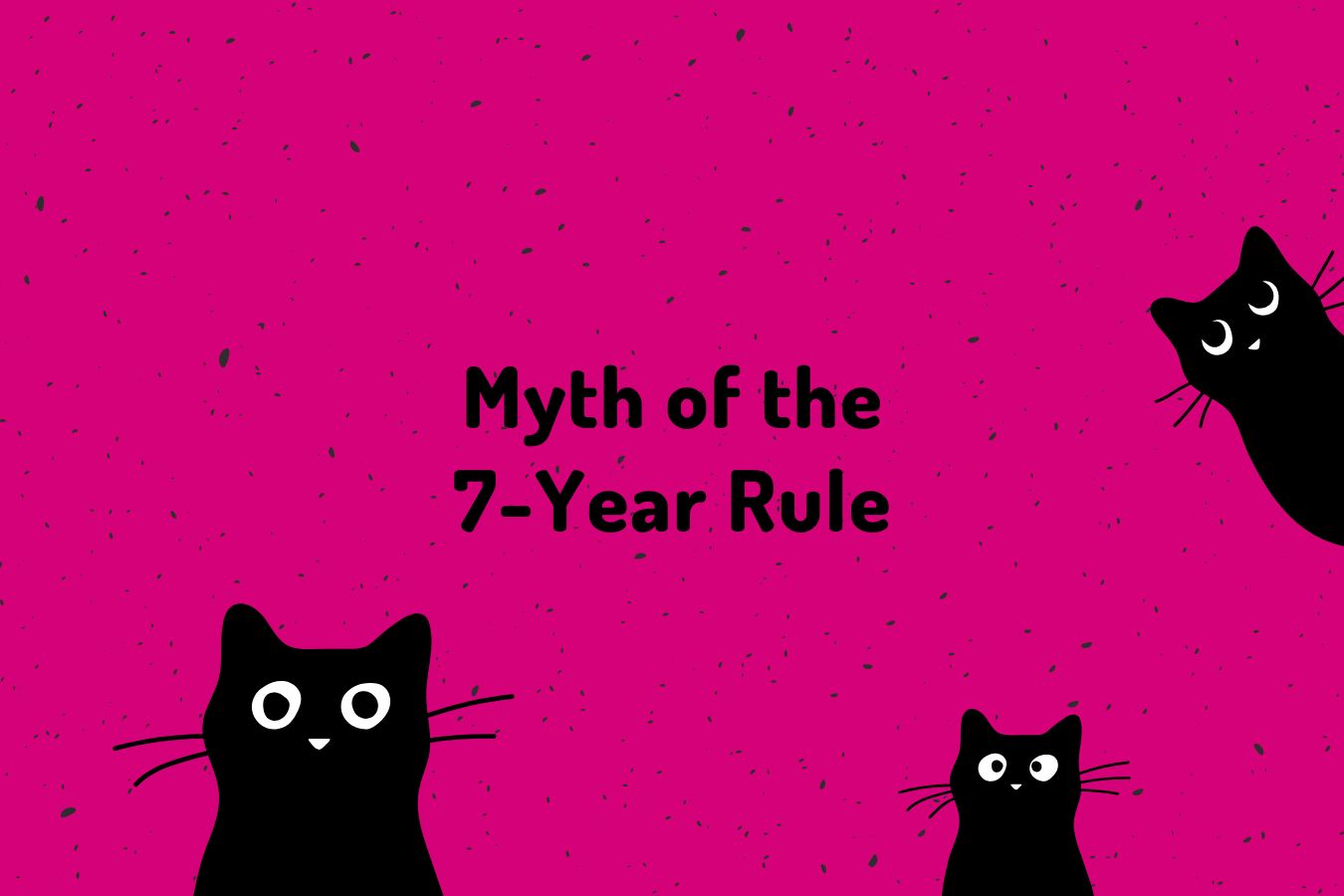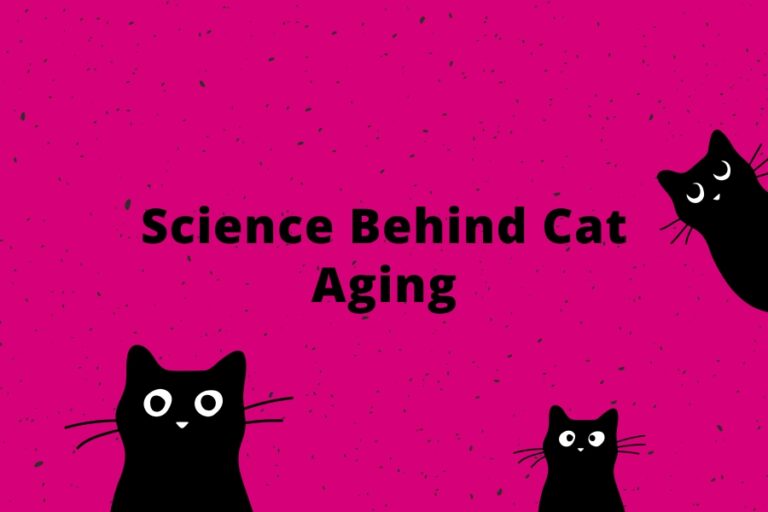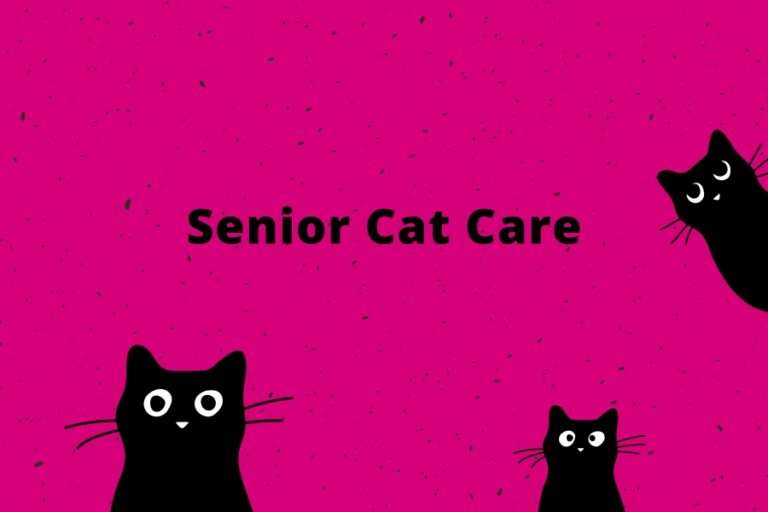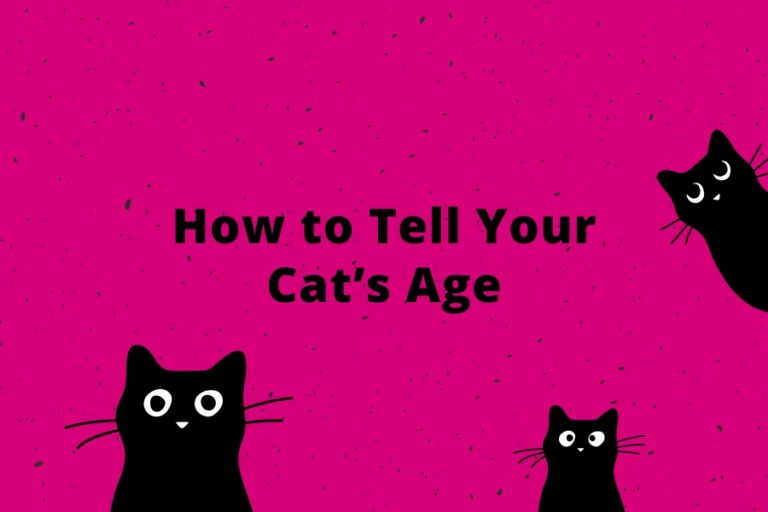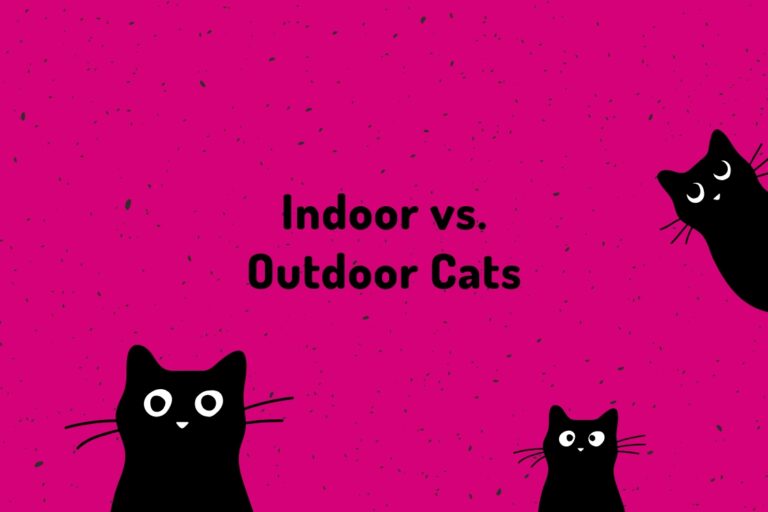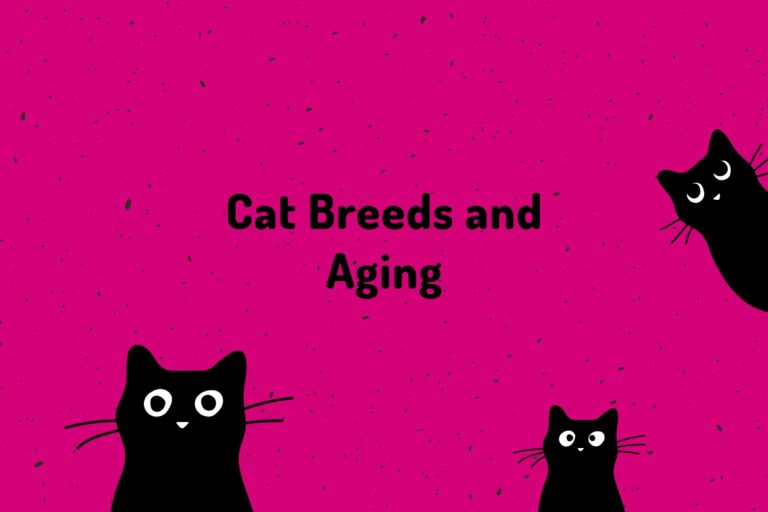The Myth of the 7-Year Rule: Why Cats Don’t Age Like Dogs
Many pet owners have heard the old adage: “One cat year equals seven human years.” While this rule of thumb is often used to estimate a pet’s age, it is actually misleading. Cats do not age in the same way as dogs, and their life stages differ significantly from what this simple formula suggests.
In this article, we’ll debunk the myth of the 7-year rule, explain how cats truly age, and offer insights into feline longevity.
Why the 7-Year Rule is a Myth
The idea that one cat year equals seven human years likely stems from a similar myth about dogs. However, this calculation does not account for the different life stages of felines. Cats experience rapid aging in their early years and then slow down as they mature.
Key Differences in Aging Between Cats and Dogs
- Life Expectancy Variations – While the lifespan of a dog varies greatly by breed, most domestic cats live between 12 and 20 years, often surpassing their canine counterparts.
- Maturation Rates – Cats reach adulthood much faster than dogs. By their first birthday, a cat is roughly equivalent to a 15-year-old human, whereas a dog’s age varies depending on breed size.
- Slower Aging in Adulthood – After reaching maturity, a cat’s aging process slows considerably compared to that of most dogs.
How Cats Actually Age
Kittenhood (0-1 Year)
- Equivalent to human infancy through adolescence.
- Cats grow rapidly, reaching sexual maturity within their first year.
Young Adulthood (1-6 Years)
- Comparable to a human in their late teens through early 40s.
- Cats are active, playful, and in peak health during this stage.
Mature Adulthood (7-10 Years)
- Similar to a human in their 40s to 50s.
- Cats may begin to show signs of aging, such as reduced energy levels or minor health concerns.
Senior Years (11-15 Years)
- Equivalent to a human in their 60s to 70s.
- Increased risk of health issues like arthritis, kidney disease, or dental problems.
Geriatric Stage (16+ Years)
- Comparable to humans in their 80s and beyond.
- Regular veterinary care is essential to maintain quality of life.
The Science Behind Feline Longevity
Unlike dogs, whose lifespan is significantly affected by breed size, cats tend to have a more uniform aging process. Factors influencing a cat’s longevity include:
- Genetics – Some breeds, like Siamese and Maine Coons, tend to live longer.
- Diet and Nutrition – A balanced diet supports longevity and prevents obesity-related illnesses.
- Indoor vs. Outdoor Lifestyle – Indoor cats generally live longer due to reduced exposure to predators, diseases, and accidents.
- Veterinary Care – Regular checkups and preventive care contribute to a longer, healthier life.
Debunking Common Misconceptions
“All Pets Age the Same Way”
- Dogs and cats have different life expectancies and aging patterns. A blanket formula does not accurately reflect either species.
“Cats Age Evenly Throughout Their Lives”
- The first two years of a cat’s life account for the majority of their “aging” compared to later years.
“Outdoor Cats and Indoor Cats Age the Same”
- Outdoor cats are more susceptible to environmental hazards, often shortening their lifespan significantly compared to indoor cats.
How to Ensure a Long and Healthy Life for Your Cat
- Regular Veterinary Visits – Annual checkups can help detect early signs of illness.
- Proper Nutrition – High-quality cat food tailored to their age and health status is essential.
- Exercise and Mental Stimulation – Interactive toys and playtime keep cats physically and mentally engaged.
- Dental Care – Regular dental hygiene prevents infections and diseases.
- A Safe Environment – Keeping cats indoors or providing a secure outdoor space minimizes risks.
Understanding Cat Years to Human Years
The traditional 7-year rule does not accurately reflect how cats age compared to humans. If you’re curious about the true conversion, check out this Cat Years to Human Years guide, which provides a more precise breakdown based on feline aging stages.
Conclusion
The myth that one cat year equals seven human years oversimplifies the complex nature of feline aging. Cats mature rapidly in their first two years, then age more slowly throughout adulthood. Understanding how your cat truly ages allows you to provide better care, ensuring they live a long and healthy life.
By debunking this misconception and focusing on proper care, we can help our feline companions thrive for many years to come.

